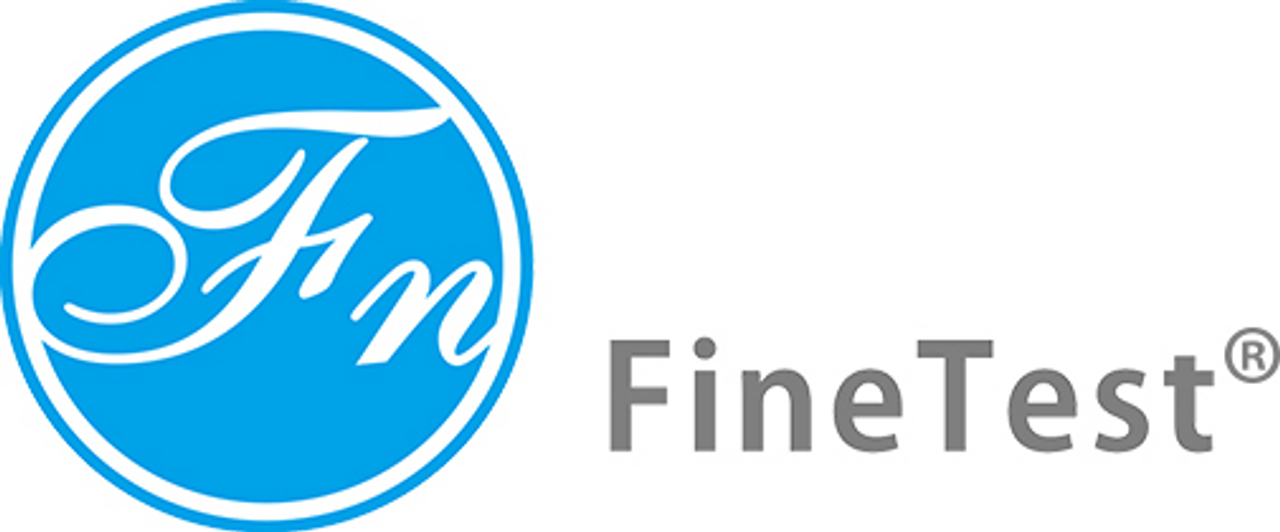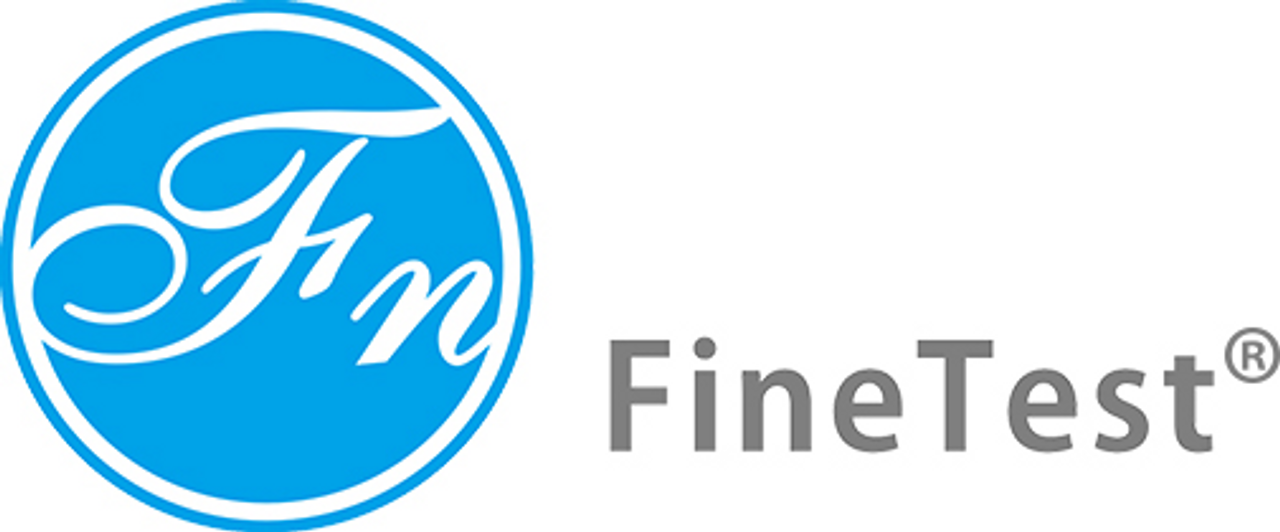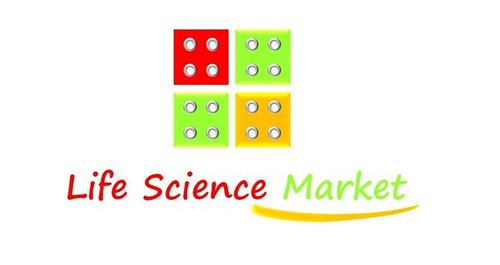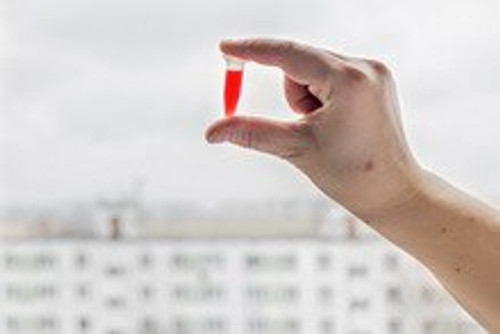Product Description
anti- SMAD4 antibody is available at Gentaur for Next week Delivery.
Purification: Immunogen affinity purified
Background: In muscle physiology, plays a central role in the balance between atrophy and hypertrophy. When recruited by MSTN, promotes atrophy response via phosphorylated SMAD2/4. MSTN decrease causes SMAD4 release and subsequent recruitment by the BMP pathway to promote hypertrophy via phosphorylated SMAD1/5/8. Acts synergistically with SMAD1 and YY1 in bone morphogenetic protein(BMP)-mediated cardiac-specific gene expression. Binds to SMAD binding elements(SBEs)(5'-GTCT/AGAC-3') within BMP response element(BMPRE) of cardiac activating regions(By similarity). Common SMAD(co-SMAD) is the coactivator and mediator of signal transduction by TGF-beta(transforming growth factor). Component of the heterotrimeric SMAD2/SMAD3-SMAD4 complex that forms in the nucleus and is required for the TGF-mediated signaling. Promotes binding of the SMAD2/SMAD4/FAST-1 complex to DNA and provides an activation function required for SMAD1 or SMAD2 to stimulate transcription. Component of the multimeric SMAD3/SMAD4/JUN/FOS complex which forms at the AP1 promoter site; required for synergistic transcriptional activity in response to TGF-beta. May act as a tumor suppressor. Positively regulates PDPK1 kinase activity by stimulating its dissociation from the 14-3-3 protein YWHAQ which acts as a negative regulator..
Immunogen: SMAD family member 4
Synonyms: DPC4, MADH4
Reactivity: Human, Mouse, Rat
Tested Application: ELISA, WB, IHC
Recommended dilution:
Image 1: Immunohistochemistry of paraffin-embedded human placenta tissue slide using FNab07997(SMAD4 Antibody) at dilution of 1:50
Image 2: .
Image 3:
Image 4: HEK-293 cells were subjected to SDS PAGE followed by western blot with FNab07997(SMAD4 antibody) at dilution of 1:600
Gene ID: 4089
Research Area: Metabolism
Uniprot ID: Q13485
 Euro
Euro
 British Pound
British Pound
 US Dollar
US Dollar














